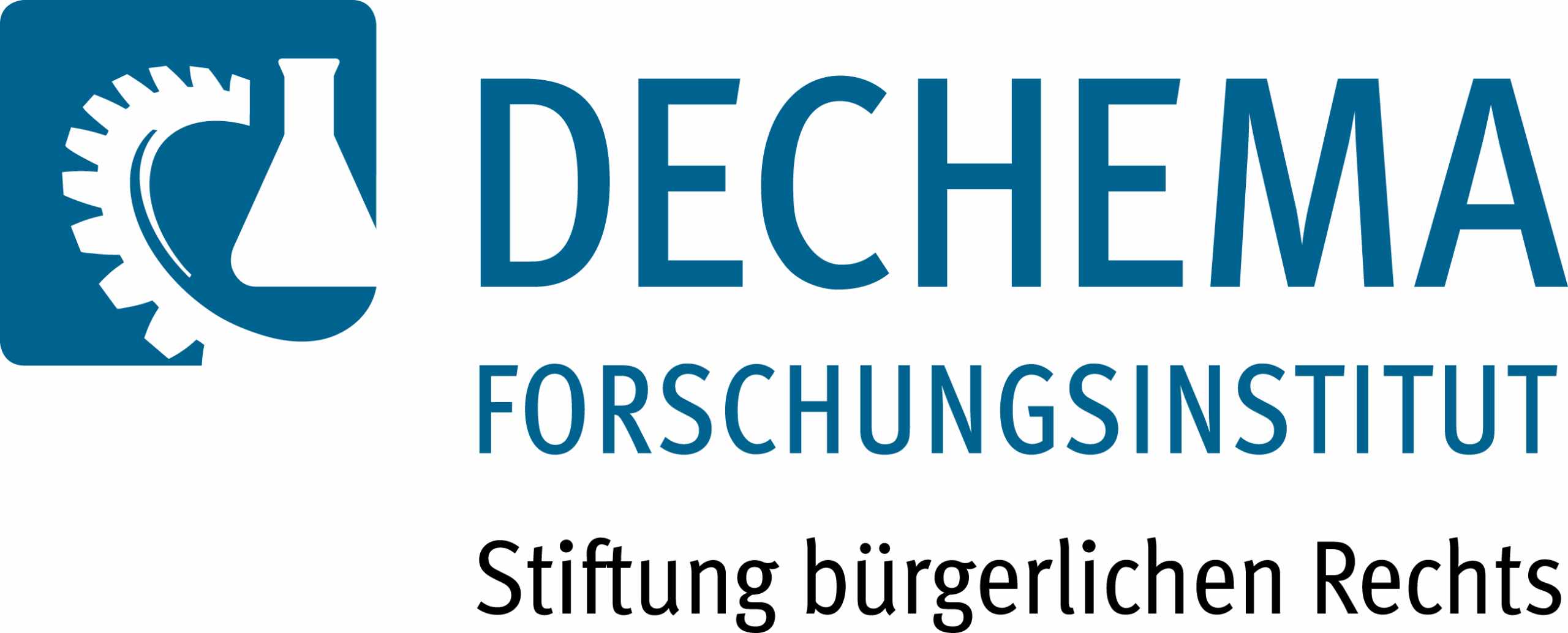Improved Materials for the Electrochemical Synthesis of Technical Peroxides
Peroxides are important commodity chemicals in a variety of different industries. They are used as oxidizers in the chemical industry, as bleaching agent, for disinfection or etching of metals. In many of those applications, not hydrogen peroxide (H2O2) itself is used but technical peroxides such as percarbonate, persulfate or peracetic acid, which have been prepared from H2O2 beforehand. Currently, H2O2 is almost exclusively produced via the anthraquinone process. However, this process is very energy and CO2 emission intensive and requires large, centralized plants for economical operation. This in turn makes transportation of the unstable peroxides to the typically decentralized end users a logistical challenge.
An alternative is presented by the electrochemical peroxide synthesis. The advantage of this method is not only that renewable electricity can be used but also that the plants can be modular and decentralized, directly at the point of use. This greatly reduces the challenges and costs associated with transportation and storage. In addition to the electrochemical reduction of molecular oxygen to hydrogen peroxide at the cathode via gas diffusion electrodes (GDE), which is a relatively mature technology, also the partial oxidation of water to hydrogen peroxide at the anode over semiconducting electrodes like boron doped diamond (BDD) is currently extensively researched. The combination of both processes promises very high overall efficiency but has so far only been superficially explored. The aim of this project is therefore the development of electrode materials for a decentralized process to electrochemically produce peroxides with high efficiency by combining the anode and cathode process.
According to the current state of the art, the anode process requires a suitable electrolyte such as concentrated potassium bicarbonate to achieve high efficiency. This means that the coupled cathode process should use a similar electrolyte to keep the osmotic pressure over the membrane low or even completely omit the membrane. However, the GDEs are not optimized for the use in such concentrated salt solutions which bear the risk of interference with the cathode reaction as well as precipitation inside the GDE. Additionally, the use of the electrolytes leads to a complex mixture of not only H2O2 and the electrolyte but also secondary peroxides which are formed in equilibrium between H2O2 and the electrolyte components. While it will be challenging to develop a suitable purification technique for such a mixture, they may also be suitable for direct without purification. This is particularly interesting since the secondary peroxides in question such as percarbonate or peracetic acid are usually commonly employed but produced on-site from H2O2. The direct use would therefore circumvent the prior purification and synthesis steps.
The aims of this project are therefore to study the kinetics of the electrochemical processes at commercially available BDD and GDE in different electrolytes. Using these data as basis, the electrode materials shall be optimized for higher efficiency and stability. Then both anode and cathode half-reactions will be combined in a full cell and characterized for its overall performance. The formed peroxide mixtures will be thoroughly characterized, strategies for purification developed and the possibility of direct use evaluated.


